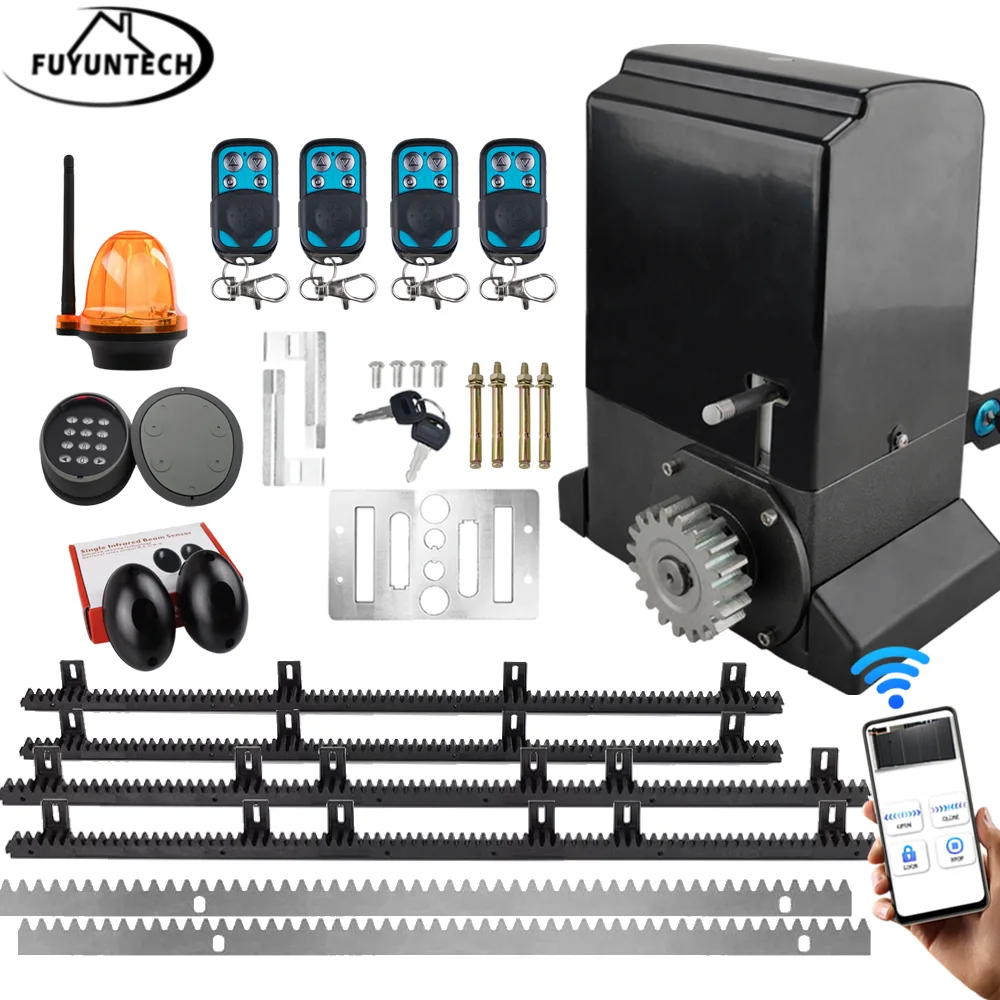In today's interconnected world, the transportation of goods plays a pivotal role in global trade and economic growth. Understanding the various methods and technologies used to transport goods is essential for businesses to optimize their supply chains and ensure efficient delivery. This article explores the diverse ways in which goods can be transported, ranging from traditional methods to cutting-edge innovations, revolutionizing the logistics industry.
- Land Transportation:
Land transportation remains a fundamental mode for moving goods, especially for shorter distances or within a specific region. Trucks, trains, and pipelines are the primary means of land transportation.
1.1 Trucks:
Trucks are the backbone of land transportation, offering flexibility and door-to-door delivery. They are suitable for both short and long-haul journeys, providing efficient connectivity between suppliers, manufacturers, and retailers. Additionally, advancements in technology, such as GPS tracking and real-time monitoring, have enhanced the reliability and security of truck transportation.
1.2 Trains:
Rail transportation is renowned for its cost-effectiveness and ability to transport large volumes of goods over long distances. Trains are particularly advantageous for bulk commodities, such as coal, grains, and minerals. Moreover, the integration of intermodal transportation, combining rail and truck services, has further improved the efficiency and sustainability of goods transportation.
1.3 Pipelines:
Pipelines are predominantly used for transporting liquids and gases, including oil, natural gas, and water. They offer a safe and efficient method for long-distance transportation, minimizing the risk of spills and reducing environmental impact. With advancements in pipeline technology, such as smart monitoring systems, the industry continues to enhance safety measures and optimize operations.
- Water Transportation:
Water transportation, primarily through ships and barges, remains a vital mode for international trade, especially for bulk goods and commodities.
2.1 Ships:
Ships are the backbone of global trade, capable of carrying massive amounts of goods across oceans and connecting continents. Container ships, in particular, have revolutionized the industry by standardizing cargo units and enabling seamless intermodal transportation. The use of advanced navigation systems and efficient port operations ensures timely delivery and cost-effective shipping.
2.2 Barges:
Barges are commonly used for inland water transportation, primarily on rivers and canals. They are ideal for transporting heavy and bulky goods, such as construction materials and agricultural products. Barge transportation offers lower fuel consumption and reduced carbon emissions compared to road transportation, making it an environmentally friendly option.
- Air Transportation:
Air transportation is renowned for its speed and efficiency, making it the preferred choice for time-sensitive and high-value goods.
3.1 Cargo Planes:
Cargo planes are specifically designed to transport goods, offering quick and reliable delivery across long distances. They are equipped with specialized loading systems and temperature-controlled compartments to accommodate a wide range of products, including perishable items and pharmaceuticals. Although air transportation is relatively expensive, its ability to minimize lead times and ensure product integrity justifies the investment for certain industries.
- Emerging Technologies:
The logistics industry is witnessing the emergence of innovative technologies that are transforming the transportation of goods.
4.1 Drones:
Unmanned aerial vehicles, or drones, are revolutionizing last-mile delivery, particularly in urban areas. With their ability to bypass traffic congestion and deliver goods directly to customers' doorsteps, drones offer unparalleled speed and convenience. However, regulatory challenges and limited payload capacities currently restrict their widespread adoption.
4.2 Hyperloop:
The hyperloop concept, proposed by Elon Musk, envisions high-speed transportation of goods and passengers through low-pressure tubes. This futuristic technology has the potential to revolutionize long-distance transportation, significantly reducing transit times and energy consumption. Although still in the experimental phase, the hyperloop holds promise for transforming the logistics industry in the future.
Conclusion:
The transportation of goods has evolved significantly, driven by advancements in technology, sustainability concerns, and the need for efficiency. From traditional land and water transportation to the emergence of air cargo and futuristic technologies, businesses now have a plethora of options to optimize their supply chains. By understanding and leveraging these transportation methods, companies can enhance their competitiveness, reduce costs, and meet the ever-increasing demands of global trade.

